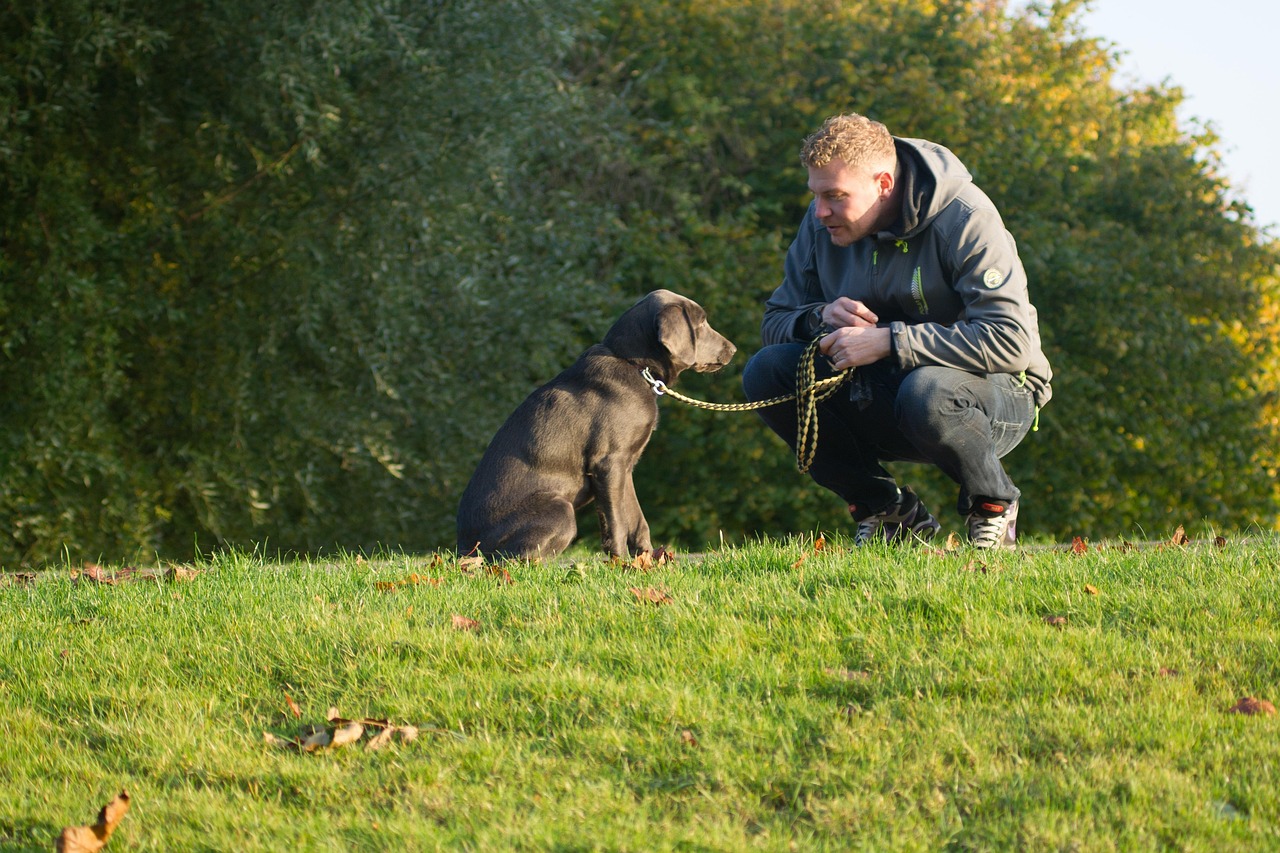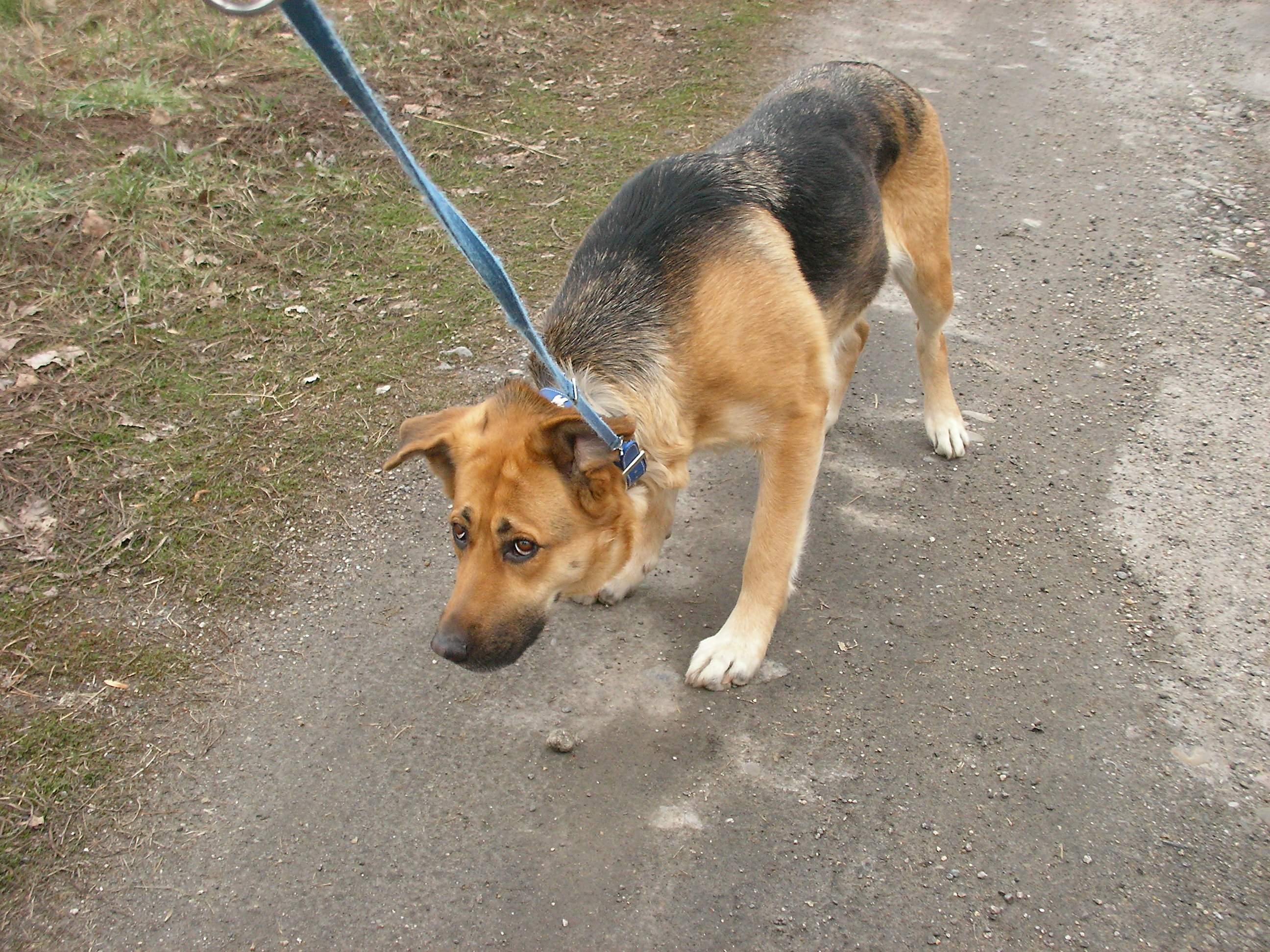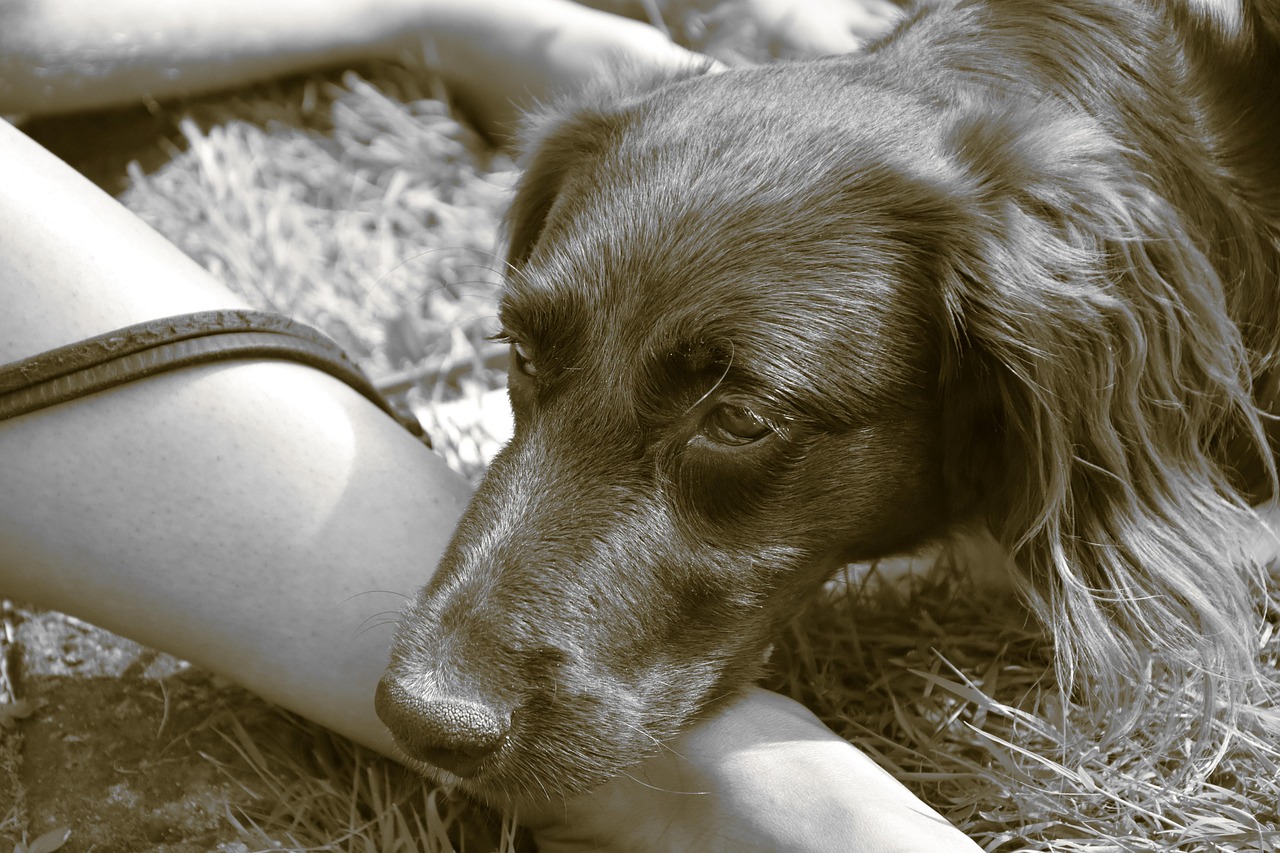Your dog looks at you with those trusting eyes, wanting nothing more than to understand what you need from them. Yet somewhere along the way, the relationship shifts when discipline becomes cold, mechanical, or harsh. Without compassion at the heart of training, even well-intentioned correction can chip away at your dog’s confidence until their spirit dims. Understanding this delicate balance between guidance and gentleness isn’t just about effective training – it’s about preserving the joyful bond that makes sharing your life with a dog so rewarding.
The relationship between you and your dog should be built on trust, communication, and mutual respect. When discipline lacks warmth and understanding, it creates a fundamental disconnect that can have lasting consequences. Let’s explore how compassionless correction affects your furry companion and why kindness must be the foundation of all training efforts.
The Foundation of Fear-Based Learning

When you discipline your dog without compassion, you’re essentially creating a learning environment based on fear rather than understanding. Research has shown that dogs learn best when they are rewarded for doing the right thing – not punished for “misbehaving.” Dogs learn through association. Your dog begins to associate your presence with unpredictability and potential punishment, rather than safety and guidance.
The stress of the aversive can cause cortisol and stress hormones to rise and remain elevated in your dog’s bloodstream for extended periods, potentially lasting from hours to several days. As a result, other behavior issues may pop up. This creates a vicious cycle where stress breeds more unwanted behaviors, leading to more harsh corrections, which only escalate the problem further.
Breaking Down the Human-Animal Bond

Aversive training methods erode the trust and bonding between the dog and the trainer/owner. Dogs subjected to punishment-based training techniques will in most cases associate fear and pain with the person administering the punishment, leading to a breakdown in the human-animal relationship. Your dog should see you as their safe harbor, not as a source of anxiety and unpredictability.
It puts you and the dog on opposing sides. Your dog is very smart. He knows that what stands between him and the rewards he wants to have access to (those are probably environmental rewards such as the dog he really wants to play with while you want him to sit-stay, or the hotdog on your plate he would really like to eat) is YOU. This adversarial dynamic fundamentally changes how your dog perceives your relationship.
The Suppression of Natural Warning Signals

Punishment can suppress behaviors, including those behaviors that warn that a bite may occur. As a result, if the animal faces a situation where it is extremely fearful, it may suddenly act with heightened aggression and with fewer warning signs. In other words, it may now attack more aggressively or with no warning, making it much more dangerous. This is particularly concerning because it creates an unpredictable dog who may seem fine one moment and reactive the next.
Your dog’s natural communication system becomes compromised when they learn that showing discomfort or stress leads to punishment. They stop giving you the early warning signs that typically help prevent conflicts, making future incidents more dangerous and unpredictable.
Creating Learned Helplessness and Submission

Overly submissive behavior often develops when a dog has been punished harshly, yelled at frequently, or exposed to unpredictable environments. This creates a sense of learned helplessness, where the dog tries to avoid any behavior that might result in conflict. Your dog essentially shuts down emotionally, becoming a shadow of their former confident self.
The underlying principle is to break the dog’s will and instill obedience through fear and learned helplessness. This approach may create compliance, but it destroys the joy and engagement that makes training successful long-term. Instead of an eager partner, you end up with a fearful follower who acts out of desperation rather than understanding.
Increased Anxiety and Behavioral Problems

Aversive training methods lead to an increase in anxiety and fearfulness dogs. By associating certain behaviors with punishment, dogs become overly cautious and fearful, constantly anticipating and trying to avoid harsh consequences. This heightened state of anxiety affects every aspect of your dog’s life, from their ability to relax at home to their interactions with other dogs and people.
You dog could become an unwilling participant in all training contexts because they believe all training is dangerous. You may damage your relationship with your dog. Your dog may associate the punishment with you, especially because you are present when the punishment is delivered. The very sight of training equipment or even training sessions themselves become sources of stress rather than opportunities for connection.
The Development of Aggressive Responses

Punishment can facilitate or even cause aggressive behavior. Punishment has been shown to increase the likelihood of aggressive behavior in many species. Animals in which the punishment does not immediately suppress the behavior may escalate in their efforts to avoid the punishment to the point where they become aggressive. What begins as an attempt to create obedience often backfires into more serious behavioral problems.
Punishment worsens the problem by making the dog MORE fearful and scared, so it wants to lash out more. Punishment can create a vicious cycle of escalation and should be avoided. Your dog may begin to see aggression as their only option for creating space and safety in overwhelming situations.
Loss of Confidence and Natural Behaviors

Hunting dogs have incredible strong innate instincts and natural behaviors necessary for their tasks. Aversive training methods suppress these behaviors rather than encouraging and channeling them appropriately, resulting in dogs becoming hesitant to exhibit natural behaviors. Your dog’s personality and natural instincts become muted as they focus solely on avoiding punishment rather than expressing themselves.
This suppression extends beyond specific trained behaviors to affect your dog’s overall enthusiasm for life. They may become reluctant to explore, play, or engage in activities they once enjoyed, creating a flat, unresponsive companion rather than the vibrant dog they once were.
Physical Health Consequences

When the punishment is more intense, it can cause physical injury. For instance, electronic anti-bark collars can cause burn marks on dogs. Choke chains can damage the trachea, increase intraocular pressure in dogs thus potentially worsening or contributing to glaucoma in susceptible breeds, cause sudden collapse from non-cardiogenic pulmonary edema (water in the lungs) due to temporary upper airway obstruction, and cause nerve damage.
Beyond the immediate physical risks, the chronic stress created by harsh discipline takes a toll on your dog’s overall health. Elevated stress hormones affect immune function, digestion, and can contribute to a range of health problems that extend far beyond the training context.
Breakdown in Communication and Understanding

In addition, punishment is often applied inconsistently, creating increased anxiety in the fearful animal. Not knowing whether to expect reward or punishment, the dog experiences conflicting emotions, resulting in a lower threshold of reactivity and an increased chance the dog will resort to the use of aggression. Your dog becomes unable to predict your responses, creating a constant state of uncertainty.
If dogs are punished with poor timing, they will not understand why they are being punished, hence the punishment will not stop the unwanted behavior. In fact, it may increase the unwanted behavior or create a whole new batch of negative side effects or fallout. Clear communication becomes impossible when your dog can’t understand the connection between their behavior and your response.
The Path to Compassionate Training

By setting firm but fair limits and balancing rules with affection, we can create a compassionate discipline practice that builds trust and discipline. By consistently applying discipline with love, we can create an environment of trust and mutual understanding. True discipline comes from teaching and guiding, not from instilling fear or breaking spirit.
The strongest relationships between dogs and humans are based on cooperation and kindness rather than on human dominance and animal submission. If you choose to use positive techniques when building a relationship with your dog, you’re well on your way to establishing and maintaining a connection that increases trust and results in a stronger, healthier bond between you. Put simply, if your dog feels good about you, she will be happier, confident, and more inclined to respond to you when you ask her to do something.
Conclusion

The spirit of a dog is a precious thing – bright, eager, and trusting. When discipline becomes harsh and disconnected from compassion, that spirit dims until what remains is a fearful, anxious shadow of the joyful companion your dog was meant to be. There is no plainer way to put this: fear, pain, and intimidation simply have no place in the relationship we have with our dogs! They undermine relationships and damage trust. They make dogs feel more insecure and anxious. They damage confidence and exacerbate aggressive behavior.
Remember that every interaction with your dog is an opportunity to build trust or tear it down. Choose compassion, understanding, and patience over quick fixes and harsh corrections. Your dog’s spirit – and your relationship – depends on it. What kind of relationship do you want to build with your furry companion?

Andrew Alpin from India is the Brand Manager of Doggo digest. Andrew is an experienced content specialist and social media manager with a passion for writing. His forte includes health and wellness, Travel, Animals, and Nature. A nature nomad, Andrew is obsessed with mountains and loves high-altitude trekking. He has been on several Himalayan treks in India including the Everest Base Camp in Nepal.






